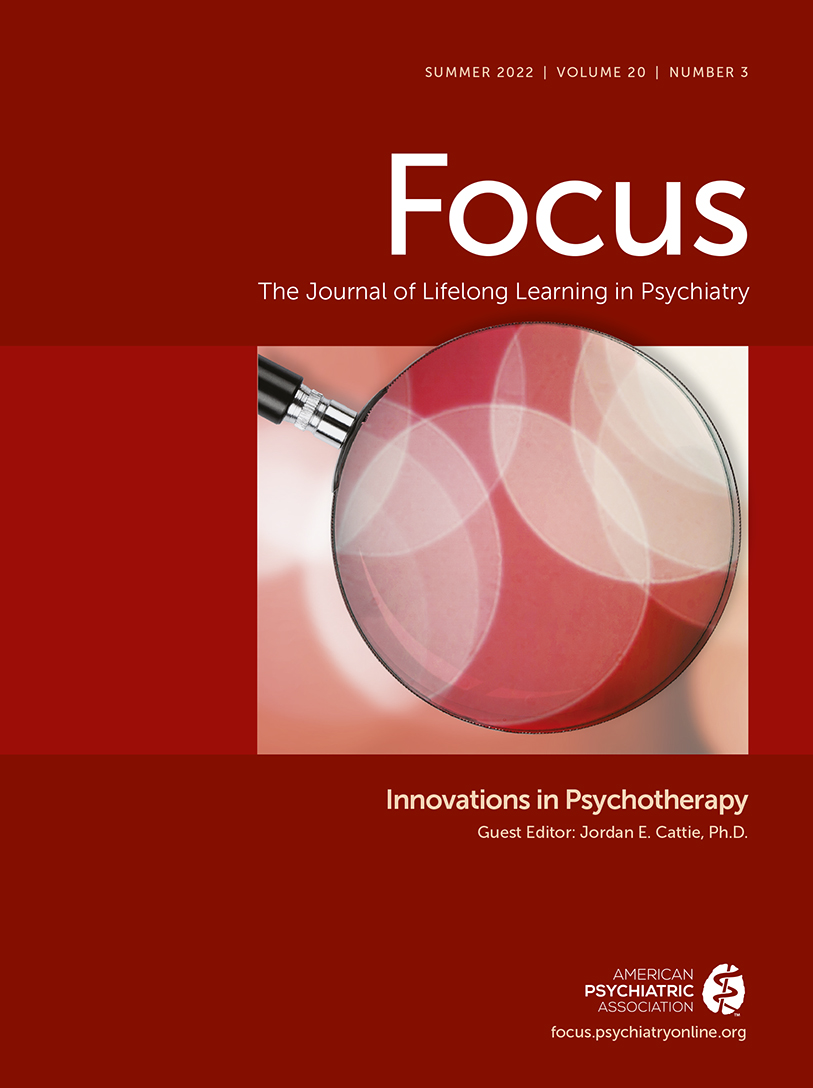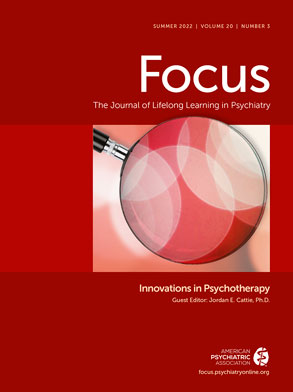(Reprinted from Ann Behav Med 2020; 54:541–543, with permission from Oxford University Press)
The global COVID-19 pandemic and efforts to stem its transmission and impact on the world’s health serve to highlight the essential role of behavioral medicine in contemporary health care. Behavioral medicine’s relevance to the prevention and remediation of chronic illness is widely accepted. Now, the rapid appearance and skittish trajectory of the coronavirus across multiple continents, cities, and neighborhoods, not equally distributed among population subgroups, provides yet another example of how behavioral science is essential in the fight against communicable disease, as it was 40 years ago with HIV [
1]. Six months into the pandemic, the key intervention strategies—social distancing, washing hands, wearing masks, wearing personal protective equipment, voluntary testing, and willing participation in contact tracing—are all behavioral. Public health goals, such as “flattening the curve,” are direct reflections of the success of behavioral prescriptions and not (currently) any pharmaceutical or biomedical intervention. While our medical, nursing, and allied health partners work heroically on the front lines to treat those afflicted with COVID-19, it is behavioral medicine that may provide long-term solutions to disease containment. And, while there is great hope for vaccine development, those treatments are on a far horizon and are not likely to be the panacea to eradicate this threat, let alone, prepare us for the next one. Already, we are seeing the emergence of novel virus strains and, like most influenza vaccines, only the most common forms may be covered. In addition, the availability of a vaccine does not guarantee 100% public uptake. These pharmaceutical limitations coupled with the vagaries of human behavior underscore the relevance of behavioral medicine to this emerging context.
In light of the COVID-19 pandemic and the important role that behavioral medicine can and will play, the
Annals of Behavioral Medicine instituted a COVID-19 rapid review process in mid-April to expedite the publication of important scientific knowledge. In response to this call, we received a large number of submissions reflecting a broad range of perspectives. Many of the initial submissions described elevated levels of distress in various, often self-selected, samples in the USA and abroad or reported cross-sectional associations between psychosocial factors and perceptions of risk with self-reported changes in lifestyle (e.g., minutes exercising) in the context of COVID-19. Although responsive to the initial call, the quality and contribution potential of much of this work reflected the haste with which it was gathered and reported. As a result, the guidelines were revised in late June (
https://academic.oup.com/abm/pages/general_instructions). Regardless of design, all studies must meet minimum criteria to be considered for peer review. These criteria include: (a) a clear research question with a psychosocial focus and the role of cognition, affect, or behavior in COVID-19; (b) a theoretical framework or clear rationale for the research question and analyses; (c) a sample size large enough to make valid conclusions, including a power analysis; and (d) contextualization of the research question (how are the question and findings related to what was happening with the pandemic at the time data were collected).
In this issue, we feature the first two COVID-19 manuscripts to be accepted for publication under this rapid review process. One of the most important behavioral strategies to prevent coronavirus transmission is social distancing. In their paper,
Social Distancing as a Health Behavior: County-Level Movement in the United States During the COVID-19, Bourassa et al. use an innovative strategy to predict social distancing adherence at the county level [
2]. The researchers gathered health behavior data on smoking, obesity, and physical activity before COVID-19 from county records and examined its association with objective changes in person and vehicle movement between the first weeks of March and April of this year. The authors characterized less movement as a proxy for greater social distancing, with infection transmission implications. During the period of data collection, the total number of confirmed cases in the USA increased from 62 to 333,811 and deaths increased from 0 to 9,559 [
3]. This suggests that those counties with relatively better health behavior profiles before the pandemic exhibited less movement over the study period. These findings are important as they document the clustering effects of health behaviors, inclusive of social distancing, which may have important implications for targeted public health interventions. The use of objective behavioral markers and a repeated measures design increase the scientific rigor of the study and advance the science of acute social data capture in the early outbreak phase.
COVID-19 and its treatment has exposed and exacerbated racial/ethnic and socioeconomic disparities in virus exposure, health care access, quality of health care, accessibility to testing, preexisting disease vulnerabilities, and mortality from COVID-19. COVID-19 behavioral medicine research must focus on these vulnerable populations if we are to achieve the broader public health goals of viral containment and eradication. This work begins with engagement with underserved communities, which may be particularly difficult to accomplish in this time of social distancing. This is addressed in the commentary by Harkness et al.,
Latinx Health Disparities Research During COVID-19: Challenges and Innovations, which highlights experiences in continuing a number of ongoing studies with the Latinx communities in Miami during the pandemic [
4]. It offers helpful, culturally informed suggestions to improve enrollment and retention of the Latinx community in research. Incorporating cultural values and motivations to engage participants in research and make that research culturally anchored should lead to more successful recruitment and retention as a first step to health equity efforts.
These papers represent a beginning in the emerging behavioral knowledge base in COVID-19 and what may become a new era of communicable disease threats. Substantial work is needed to identify the unique determinants of preventive behavior, intervention engagement, vaccine uptake, and recovery and rehabilitation. In order to be relevant, behavioral medicine research must be used to optimize intervention efforts along all points in the disease trajectory and to be conceptualized in light of the current coronavirus context when data are being collected. (Are people being quarantined? Is testing available and affordable to those who need it? When cities and towns “open up,” how do people make safe choices?) Although we are now focused on preventing the spread of the coronavirus, we envision future work to inform how to maintain behavior change and to cope with any long-term or late effects of the disease. The maturing behavioral science bedrock will inform much of this work. Intervention development should adopt an experimental medicine or ORBIT model [
5] approach to facilitate rapid treatment availability coupled with ongoing refinement and optimization. And, observational work is needed to identify psychosocial vulnerabilities to infection and worse outcomes, including focused work on the usual suspects of stress, depression, and anxiety.
We must incorporate lessons from past infectious disease events to identify those most likely to be affected first in order to stem transmission early before broader community spread [
6]. These populations include frontline health care workers, religious officiants who comfort the ill, and those in lower socioeconomic status positions who are often deemed “essential” workers. We must embrace community participatory research methods to improve the understanding of community needs, barriers, and pathways to success. Much of the initial research we received was conducted online, primarily with individuals who had easy access to computers and high-speed Internet and the time to complete surveys. This often left out the populations described above. Only through innovative and inclusive methods might we hope to reach the most marginalized and ostracized members of society.
Behavioral medicine research on COVID-19 should not only include low SES or racial/ethnic minority populations in their samples but also interrogate the processes by which health disparities occur. Comparing demographic groups is not helpful if one cannot identify the mediating mechanisms that underlie those differences; simply omitting or “statistically” controlling these demographic proxy variables is even worse. We also urge behavioral medicine researchers to include participants at every stage of the lifespan, as we now know that COVID-19 affects all age groups and that both health status and the initiation and maintenance of health behavior change throughout the life cycle.
Finally, we should be open-minded in identifying solutions rather than dogmatically pushing the approaches espoused by our particular training models, disciplines, or recent trends. Some situations may call for individual or neighborhood interventions, whereas others may call for national-level interventions. Although recent research seems dominated by active interventions whereby each individual must take responsibility for behaviors such as putting on masks or socially distancing in public, passive prevention interventions may be an important method that we should rally behind [
5]. Prevention through setting behavioral parameters, such as speed limits and smoking laws, has had broad success when enforced. Passive approaches focused on reducing opportunities to socially gather may be another tool to slowing transmission.
Sadly, each day sees an increase in cases, an increase in mortality, an increase in grief, and an increase in uncertainty about the long-term effects of infection. The gravity of this moment should call upon the behavioral medicine research community to rise to the challenge. This may be a moment for the field to evolve from complementary science to a more central role in contemporary medicine. That role demands that we assume a share of the responsibility to end this crisis. We must work collaboratively, with focus, and with urgency. Our goals must be solutions.
However, solutions by themselves do not solve problems. Behavioral medicine scientists must assertively seek opportunities to lead the national response. When it comes to behavioral prescriptions, behavioral medicine experts should be front and center in government task forces, in strategic planning, and speaking to the public in prime time. Our clinical medicine colleagues can express the significance of exposure reduction measures but behavioral medicine specialists are needed to tailor the message to a public that does not always follow logic. Lest we forget, there is a psychology to human behavior. And, while a majority will adhere to simple behavioral strategies to stem disease transmission, a significant minority may consciously choose not to for a variety of reasons ranging from socioeconomic to outright obstinance. Behavioral science is critical to addressing the human element that is central to viral transmission and should be a leading player in policy development and public communication.
Over the past four decades, behavioral medicine has evolved from the need to account for limitations in the biomedical model to a robust, multidisciplinary field largely targeting (preventable) chronic illness. Now with the world facing a global crisis with COVID-19, a scientific truth is emerging: Behavioral medicine is essential to addressing all human health challenges. Welcome to the golden age of behavioral medicine.

